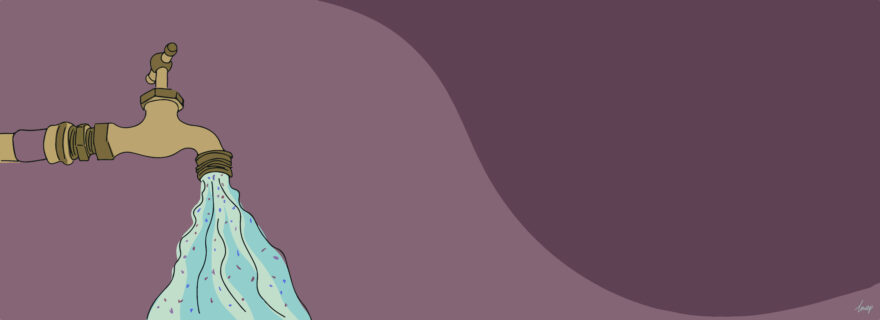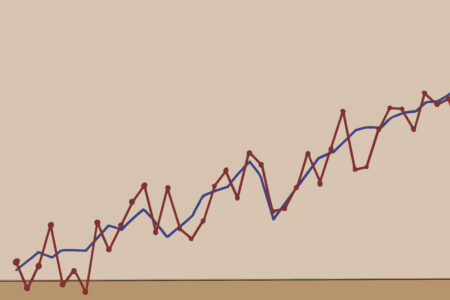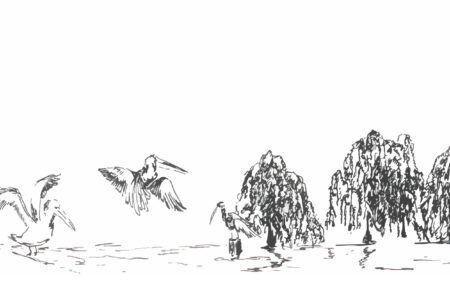Would you eat a water bottle? You might have already
Studies find microplastics are toxic and present in Dutch drinking water
You are probably reading this on a cell phone, tablet, or laptop, wearing clothes, and maybe sitting on a chair. Believe it or not, all these items contain plastics. Plastics can be found virtually everywhere. It is hard to avoid them.
When goods are manufactured, they enter the economy, serve their purpose, and are then discarded. Some materials can be recycled, while others cannot. Recyclable plastics can only be recycled two to three times on average, as quality and physical integrity is lost with each renewal. Eventually all plastics are destined for landfills, like many other forms of waste. But there is one small problem with plastics that differs from other waste.
Over time, plastics break down and small pieces chip away. You might not notice it immediately, but eventually it shows, just like the textured tires on your car eventually becoming smooth. These small plastic fragments that break away are referred to as microplastics. These plastic shards usually measure less than five millimetres and can sometimes even be too small to see with the naked eye. They originate from two sources. Primary microplastics are intentionally produced at the micro-size, mostly for structure in textiles or to be used in exfoliating personal care products. Secondary microplastics are produced when larger plastic pieces (e.g. water bottles or tires) slowly break into smaller pieces. At the micro size, they can be hard to detect, making microplastics elusive when escaping into the environment.
Since January 2021, microplastics in water sources has been a key focus across Europe, as the European Union (EU) revised the Drinking Water Directive for all EU members, which could not have come at a better time. A 2022 scientific literature review found that microplastics provoke a toxic response in humans. When ingested or inhaled, it has been reported that microplastics can cause DNA damage, inflammation, respiratory issues, immune responses, metabolic disruption and even neurotoxicity. Microplastics can also act as a trojan horse for bacteria to infect our system.
Earlier this year, with the help of colleagues, researcher Dr. Patrick Bäuerlein from the KWR Water Research Institute in the Netherlands found that microplastic concentration levels in Dutch drinking water are still quite low, finding two particles per litre of water. Current drinking water filtration and treatment practices appear to be effective at minimizing consumption of microplastics. Notably, the iconic Dutch dune filtration method used in Noord and Zuid-Holland is quite effective at filtering out microplastics. Despite its effective results, relying on this to keep microplastics out of our drinking water is not sustainable, as we do not know the long-term effects of the plastics accumulating in those dunes.
Bäuerlein and colleagues did not test for microplastics smaller than 0.02 mm in size, which is approximately the size of a grain of sand if you cut it into 100 equal pieces. This means that smaller plastics could still be in drinking water, making the two particles per litre of drinking water a likely underestimate. This uncertainty, combined with unknown long-term effects of microplastics, begs for ways to curb the pollution.
According to the International Union for Conservation of Nature (IUCN), a group of government agencies, and non-government organizations across 160 counties dedicated to conserving nature, the main sources of microplastics in the environment, are from textiles, tires, paints, and personal care products. Household plumbing makes homes hotspots for microplastic pollution from textiles and personal care products that go down the drain.
Waterways capture these fine particles and transport them all the way to the ocean. It is estimated that there are currently 24.4 trillion pieces of microplastics in the upper ocean. If consumed, microplastics can make marine wildlife weak and unfit for reproducing, which can be deadly for some already-struggling species. Microplastics can also move up the food chain when animals eat other animals that have consumed plastics.
The risks do not end with fish though, they also affect humans. Microplastics are also found in produce like fruits and vegetables, leaving humans to unknowingly accumulate them inside. One study estimated that children consume approximately 500 microplastic particles per day. Some consumed plastics pass through the body, while others accumulate over time. Scientists also estimate that at the end of an average lifespan, an adult would accumulate over 50,000 microplastic particles.
Plastics of all sizes are everywhere in the world today, but this doesn’t have to be catastrophic. The EU is nudging countries to consider microplastics when addressing public health. By purchasing fewer products containing plastics and following proper disposal protocols, microplastics entering ecosystems and our bodies can be limited. Plastics might be all around us, but let’s keep them outside of us.





0 Comments